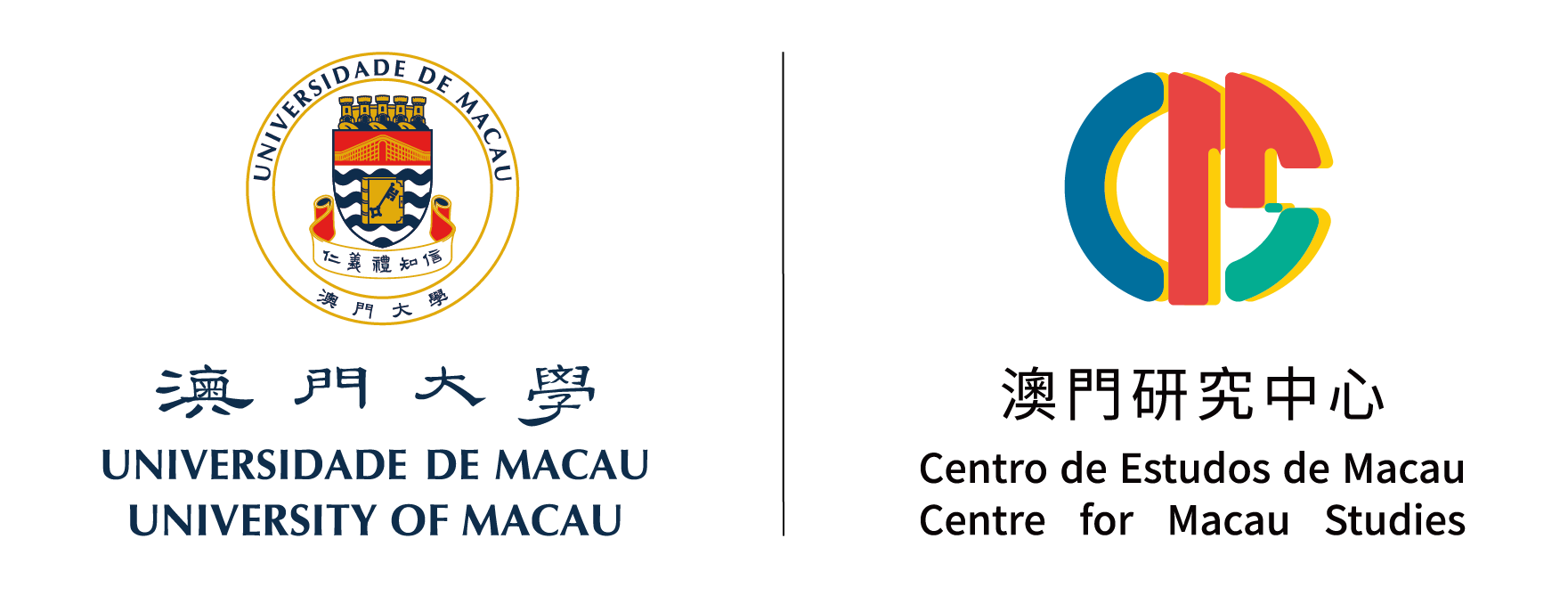
| 標題 Title |
澳門“圍”的歷史源流與社會意涵 The Historical Background and Social Implication of the “Patio” in Macao |
|---|---|
| 作者 Author |
郭立怡,吳秉聲 KUOK Lap I, WU Pingsheng |
| 摘要 Abstract |
澳門作為一個擁有複層文化脈絡的移民城市,在葡萄牙人長期的治理下有着異於中國內陸的經濟結構與生活模式。自16世紀開埠以來,便不斷有華人從中國大陸移居至澳門,以尋求更好的營生機會、宗教生活,甚至躲避戰亂。“圍”作為一種澳門華人的生活空間,於內城區中更是華人街區的主要建築方式之一,並記錄於官方文書、街道標幟,以及法令之中。“圍"之文化源流上承中國古代的“里坊制度”,下接現代都市的集合式住宅公寓,為澳門住宅發展史,以及華人社群演變的見證。本研究除梳理有關“圍”之歷史背景、區位分佈與建築空間特徵外,更透過馬斯洛人類需求金字塔理論,從維生庇護、社經環境互動、社會地位形塑等三個層次探討“圍”的“社會—空間”意涵,藉此論述“圍”作為華人僑居於澳門的“生態棲位”之空間表垷形式。
Macao is an immigrant city with multi-layers of cultural backgrounds. Under the long-term domination of the Portuguese, Macao has developed its own economic structure and living style, which are different from that of mainland China. Therefore, since the establishment of Macao during the sixteenth century, there was an increase in the number of people from mainland China choosing to migrate and settle there. “Patio” as a type of Macao-Chinese living space, was one of the main architecture forms inside the Chinese residential area of the inner city, and was well recorded in the official documents, street names, as well as legislations. The cultural origin of the “patio” can be traced back to the “lifang” system from ancient China, and its development is closely connected with the collective housing apartment in the modern city. As a result, “patio” is the witness of both Macao’s housing history and Macao-Chinese social evolution. This article will provide the historical background, location distribution and architectural analysis of the “patio”. Furthermore, in order to demonstrate “patio” as the spatial representation of the “ecological niche” of Macao-Chinese, the social-space implication of “patio” will be discussed in three phases according to the theory of Maslow’s Hierarchy of Needs, namely the maintenance of daily life, the interaction of social and economic environment, and formation of social status. |
| 關鍵詞 Keywords |
圍,華人,住宅,日常生活 Patio, Chinese, Housing, Everyday life |
| 下載 Download |
Link |

